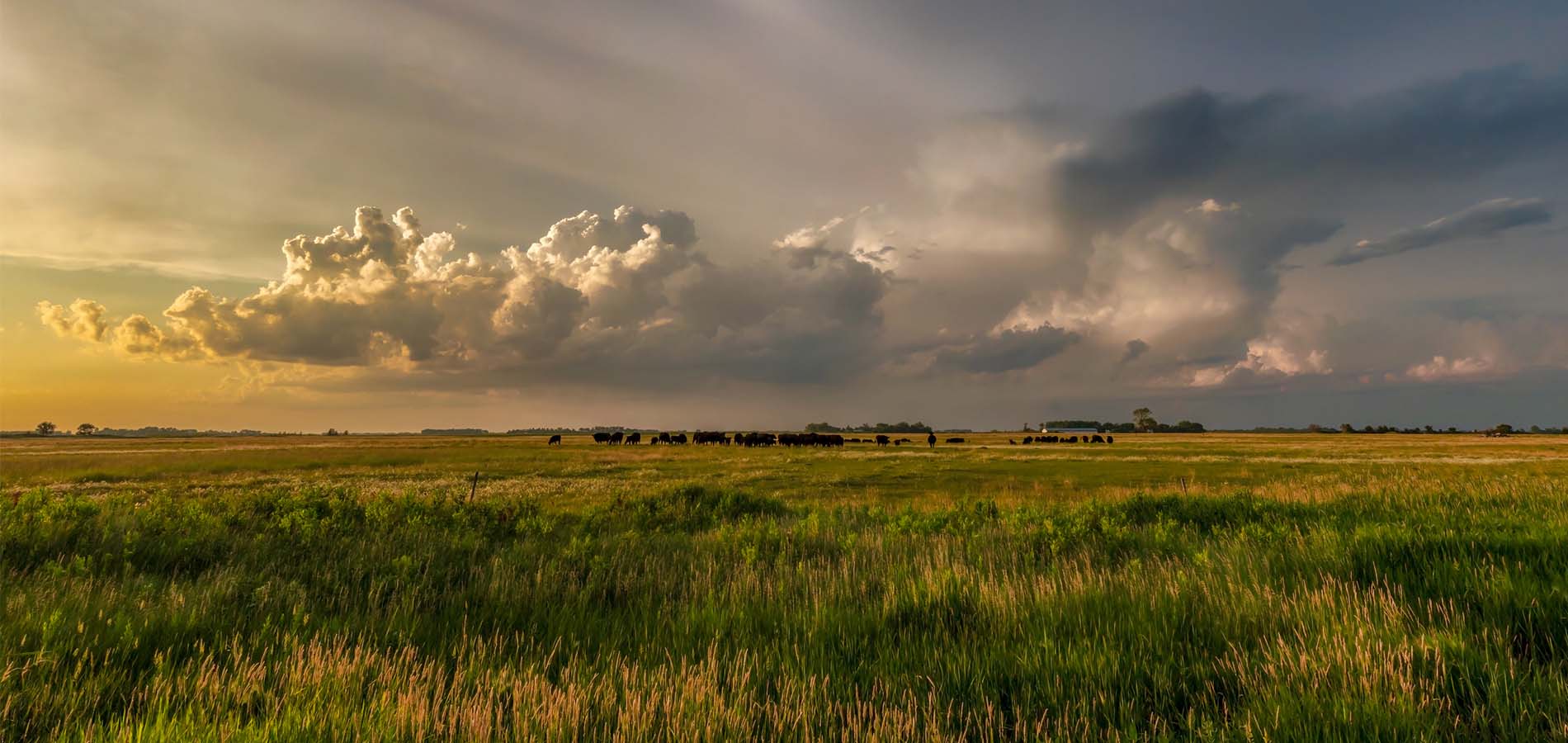
The first week of October proved to be the driest in over 30 years across the corn belt. Drought conditions have expanded from the central United States deep into the Mississippi River Valley, where some locations are being affected by low river levels and restricted shipping lanes.
In some places where crops are mature, the dry weather was welcomed by ambitious farmers taking full advantage of fall harvest conditions. The problem of extensive dryness will make the establishment of winter wheat crops difficult, along with cover crops heading into the winter months. Top and subsoil moisture levels will be incredibly low by spring planting season 2023 in the absence of extensive autumn recharge moisture, which looks highly unlikely in most locations.
The final week of October into early November promises to be near normal for most of the country west of the Mississippi. There is some evidence suggesting a warming trend across the Midwest and southern plains that may keep temperatures in that region at to above normal. Despite temperature variations, it still looks dry.
At to below normal precipitation is expected across most of the country, except for the Northwest Pacific where an active pattern will drive Pacific storms into the Cascades creating heavy rain and snowfall. Most of northern Minnesota, Wisconsin, and extreme east Iowa have escaped the extreme dryness and will likely ease into the winter months in much better shape than the western corn belt and high plains.
Odds still favor La Nina continuing into the first quarter of next year, with a neutral position taking place by early spring. Historically, this type of pattern produces colder than normal conditions with above normal snowfall, especially across the eastern Great Lakes. Assuming this pattern materializes, stress on livestock could be higher during the depths of winter.
Although many people attribute short-term weather extremes to large scale events deemed to be existential, our climate varies. Always has and always will.
On an interesting note, we are potentially entering a 100-year drought cycle across the Midwest in 2024 and 2025. It’s called the Gleissberg Cycle and it occurs at the end of a complete solar cycle. Patterns like these are common on a planet with a history of volatile extremes. Scientists believe we’ve had 11 ice ages since the inception of the planet with five being major.
Extreme cold has traditionally been a far greater threat to survival than unusually hot periods, although humans didn’t exist during the hottest episodes. The earths hottest periods occurred before humans inhabited the planet. The Hadean - the late Neoproterozoic and Cretaceous Hot Greenhouse - would have been nothing like any human has ever experienced.



